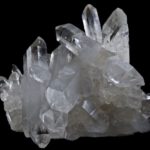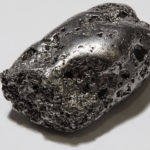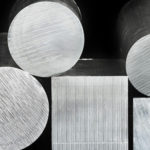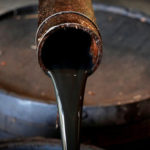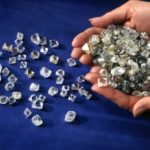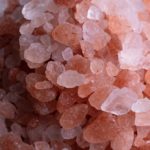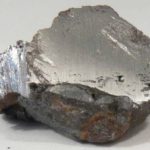Interesting facts about minerals
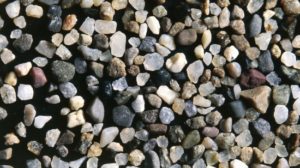 The kingdom of minerals surrounds us, they are everywhere, our planet itself is made up of them. Their study is very interesting, and new properties of already known minerals sometimes open up to this day. But we don’t know so much about the earth’s bowels, and perhaps somewhere there, at a great depth, are we waiting for some important new discoveries that have yet to be made?
The kingdom of minerals surrounds us, they are everywhere, our planet itself is made up of them. Their study is very interesting, and new properties of already known minerals sometimes open up to this day. But we don’t know so much about the earth’s bowels, and perhaps somewhere there, at a great depth, are we waiting for some important new discoveries that have yet to be made?
In total in the world about 4000 kinds of various minerals are studied and classified.
Pyrite, or cat-gold, is very easily confused with gold ore, which various fraudsters used to actively use.
Beautiful green mineral nephrite almost twice the strength of hardened steel.
Graphite was used in the manufacture of pencils randomly. The scientist broke the graphite cup, and its fragment left a mark on the sheet of paper.
During the expedition to the moon, astronauts found a unique mineral tranquillitite. For many decades, it was believed that there was none at all on Earth, but in 2011 samples were found in Australia.
The mineral tourmaline resembles a watermelon – it is red-pink, and on top is covered with a green crust.
The strongest known mineral is diamond. However, it can be broken with a powerful hammer blow.
Ruby and sapphire are almost identical in composition, and in fact they are the same mineral, just different colors.
The most common mineral on the surface of the earth is quartz. And the most common in the crust as a whole is feldspar.
Granite buildings can stand for many hundreds, if not thousands of years, as this mineral is extremely resistant to natural influences, such as moisture and wind.
The only gemstone consisting of a single chemical element is diamond.
The most common mineral on Earth is called bridgemanite. It occupies about half the volume of our planet, but lies at a depth of 700-800 kilometers, so it is still impossible to reach it.
Some minerals are radioactive. For example, charoite or torbernite.
Topazes become discolored under the influence of sunlight, but a small dose of radiation exposure can return the brightness of paints to them.
Mineral alexandrite changes color depending on the lighting, more precisely, this is how our eyes perceive it. In the cold white light, it appears greenish, in a warm yellow – reddish or even purple.
Minerals can exist in both liquid and gaseous forms. If you evaporate or melt a stone, it does not cease to be a mineral.
In ancient Greece, abstinence properties were attributed to amethyst. The ancient Greeks believed that it was impossible to get drunk if you drink alcohol from a vessel made from amethyst.
About 90% of all diamonds mined are used in industry, and only 10% are used to make jewelry.
A rare mineral called red emerald is mined in only one place in the United States.
The most expensive mineral in the world is the red diamond. Its cost exceeds $ 30 thousand per carat.
Most batteries around the world are made using lithium. This mineral is mined mainly in Afghanistan.
The rarest blue garnet was first discovered only in 1990.
From the point of view of science, oil also belongs to minerals.
The easiest mineral is cryolite. It is very rare, and therefore extremely expensive, but it is needed by industry, therefore it is produced artificially.
The most dense mineral is iridium.

